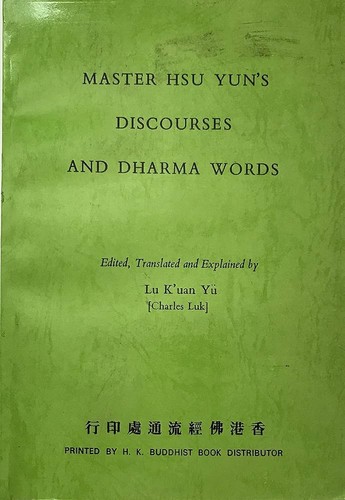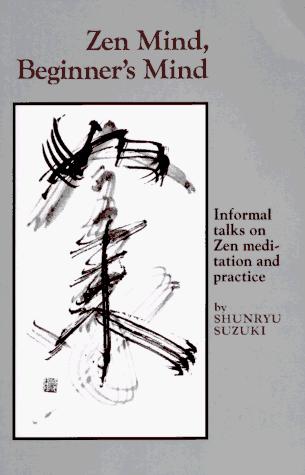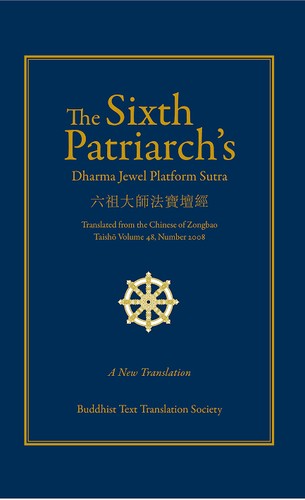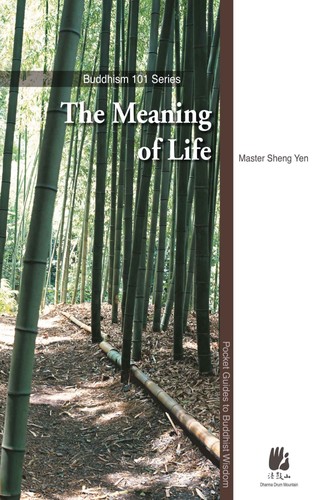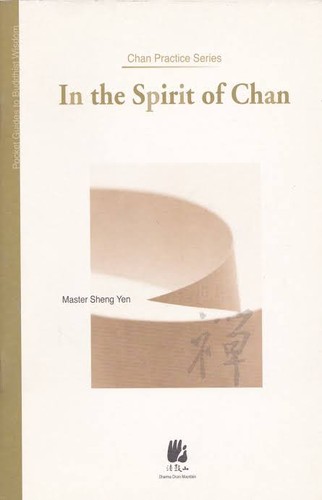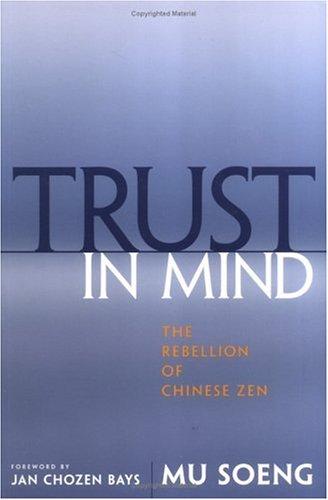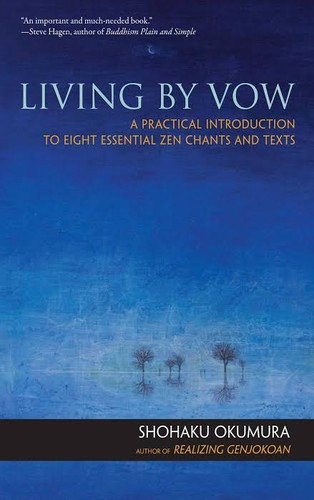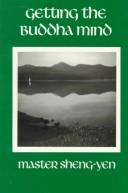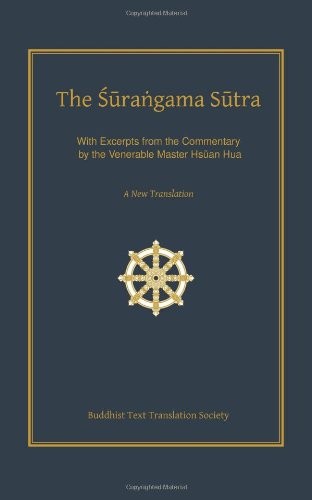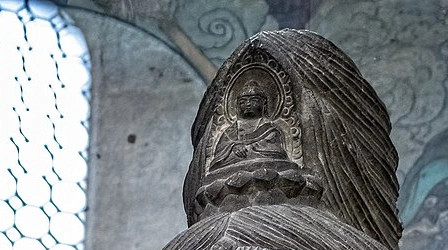East Asian Buddhism
Subscribe to this topic via: RSS
Chan, Zen, Pure Land, Tiantai / Tendai, and the other exoteric forms of Mahāyāna Buddhism found in East Asia. For esoteric Buddhism, see “Vajrayāna”.
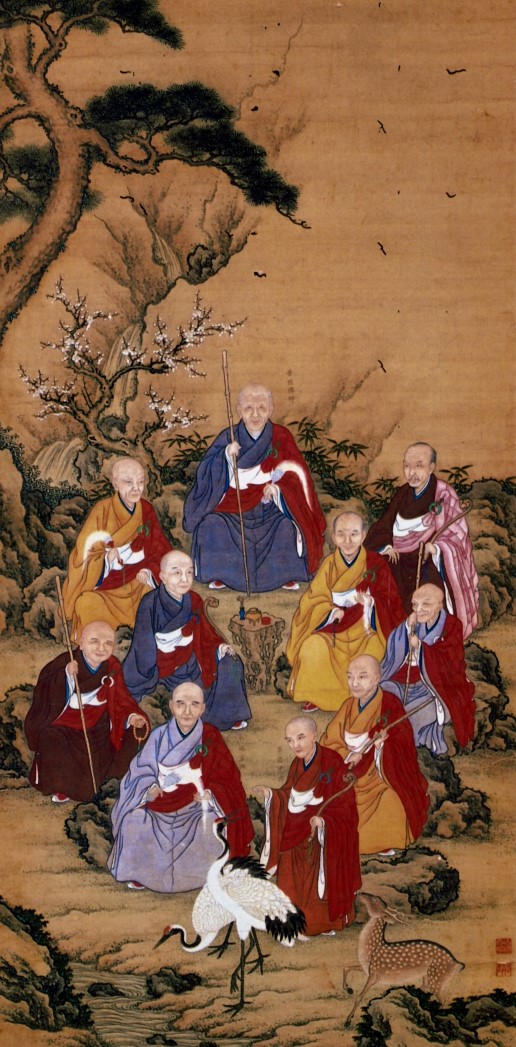
A painting at Kofukuji-ji Temple depicts the patriarchs of the Chan School. (Mary Harrsch, CC BY-SA 4.0)
Table of Contents
- Books (11)
- Canonical Works (3)
- Readings (28)
- Audio/Video (14)
- Reference Shelf (2)
- Related Topics (5)
Books (11)
Featured:
-
⭐ Recommended
-
⭐ Recommended132 pages
-
⭐ Recommended224 pages[recommended but under copyright]
-
350 pages[recommended but under copyright]
-
145 pages[recommended but under copyright]
See also:
Canonical Works (3)
Featured:
-
To enter the Great Way there are many paths, but essentially they are of two means: by Principle and by Practice.
See also:
Readings (28)
Featured:
-
⭐ Recommended
Dōgen’s calligraphy is a carefully orchestrated performance. That is, it does precisely what it asks its readers to do: it sits calmly, evenly, and at poised attention in a real-world field of objects. The manuscript’s brushstrokes and entire aesthetic layout enact seated meditation.
-
⭐ Recommended
… simultaneously donning a tolerant posture while claiming the overriding-ness of one’s religion was in fact a distinct phenomenon from what could be called “synthesis,” and has in actuality characterized many syncretistic endeavors in Chinese history.
-
⭐ Recommended
With Ch’an but no Pure Land, nine out of ten people will go astray.
-
⭐ Recommended
Chan did not originate in the Chinese appropriation of Indian Buddhist texts. Instead, its origins can be traced to the appropriation of Indian Buddhist practices
-
Seno’o Giro’s personal pilgrimage spanned tradition and modernity, and took him from the political right to the extreme left such that in the vicissitudes of this one life is somehow recapitulated the whole dilemma of Japanese Buddhism since the Meiji Restoration. It highlights well the unresolved conflicts at the heart of modern liberal Buddhism.
-
🥇 Best of
Although this is a matter of preparing and serving meals, the tenzo is not just “the cook.”
-
koans are presented along with a poetic introduction and an elaborate commentary. A hua-t’ou however is a stand alone, always short phrase or a part of a koan that can be taken as a subject of meditation and introspection.
-
By what Buddhist doctrines, tenets or philosophies did Zen masters develop their unconventional and dramatic teachings and practices?
-
… the early Qing Chinese Buddhist monk Zaisan Hongzan’s belief in Maitreya and Tuṣita Heaven pure lands, as reflected in his collection of miracle tales and biographies, should be understood in a broader socio-religious context of Chan decline and monastic revival in late imperial China.
-
Tzu Chi was founded in a small town in eastern Taiwan in 1966 by a lady who has become known by the title and name Master Cheng Yen (b.1937).
-
What distinguished Chan were its novel use of language, its development of new narrative forms, and its valorization of the direct and embodied realization of Buddhist awakening. In contrast with the epistemic, hermeneutical and metaphysical concerns that shaped other schools of Chinese Buddhism, Chan’s defining concerns were experiential and relational
-
… quietly ignoring much in the Buddhist heritage that suggested that birth as a woman indicated that one was less prepared to attain enlightenment than men, Ch’an teachers urged upon their students the point of view that enlightenment was available to everyone at all times; any other view was seen as a hindrance to practice
-
… one of the most spectacular and popular rituals in Chinese Buddhism, Shuilu fahui […] constructs and represents a unified religious world
-
If you have been unable to penetrate through, I guarantee you that when the last day of your life arrives, you will be frantic. Nice to have some things be certain, isn’t it?
-
⭐ Recommended
Only a few have heard that “painted rice cakes do not satisfy hunger” and none have really understood what it meant. I’ve asked several of these skin bags about it and everybody was quite certain without even bothering to look into it.
-
🥇 Best of
All beings by nature are Buddha,
As ice by nature is water. -
Position your buttocks in the center of the zafu and cross your legs.
See also:
Audio/Video (14)
Featured:
-
⭐ Recommended
 1h 26m
1h 26m -
⭐ Recommended
One thought arising, it is hell;
One thought reversed, it is heaven. -
⭐ Recommended

-
This Qi-based worldview—where Qi is this energy matrix that sustains existence—seems to explain why Kim Iryeop is talking about “emptiness” as power that a person can wield: Emptiness is a kind of energy that the creative human being is able to use to manifest value.
55 min -

-
… a lot of the practice is figuring out how to get your whole self moving in one direction
See also:
